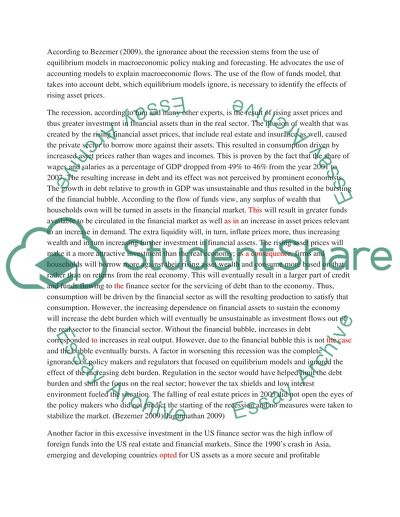Cite this document
(Did Globalization lead to the current Economic Crisis Research Paper - 1, n.d.)
Did Globalization lead to the current Economic Crisis Research Paper - 1. Retrieved from https://studentshare.org/macro-microeconomics/1747873-did-globalization-lead-to-the-current-economic-crisis
Did Globalization lead to the current Economic Crisis Research Paper - 1. Retrieved from https://studentshare.org/macro-microeconomics/1747873-did-globalization-lead-to-the-current-economic-crisis
(Did Globalization Lead to the Current Economic Crisis Research Paper - 1)
Did Globalization Lead to the Current Economic Crisis Research Paper - 1. https://studentshare.org/macro-microeconomics/1747873-did-globalization-lead-to-the-current-economic-crisis.
Did Globalization Lead to the Current Economic Crisis Research Paper - 1. https://studentshare.org/macro-microeconomics/1747873-did-globalization-lead-to-the-current-economic-crisis.
“Did Globalization Lead to the Current Economic Crisis Research Paper - 1”, n.d. https://studentshare.org/macro-microeconomics/1747873-did-globalization-lead-to-the-current-economic-crisis.


